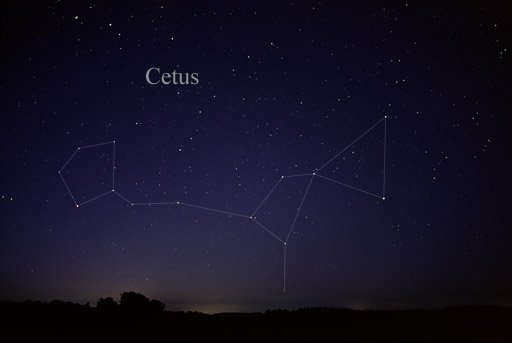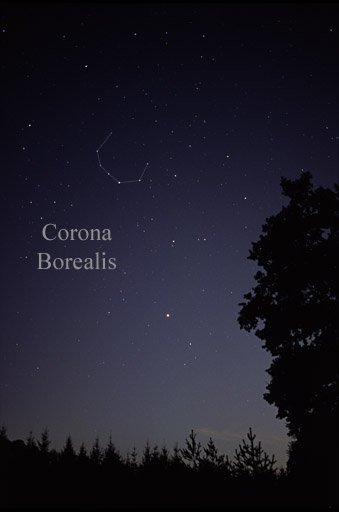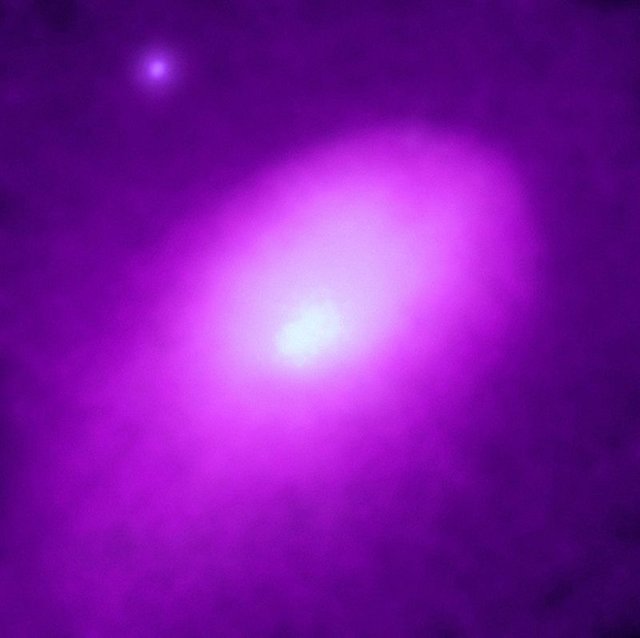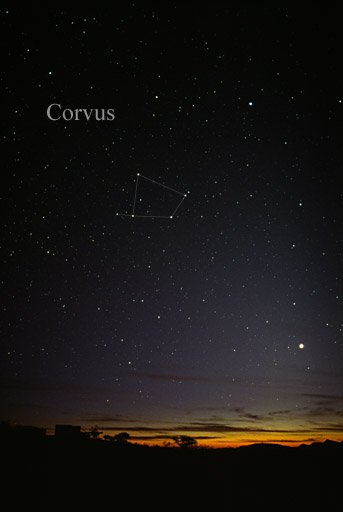Constellations #5

Image source [1]: Messier 77 spiral galaxy by HST.
Hello friends, continuing our journey through the constellations, today we will know the constellation Cetus, Corona Australis, Corona Borealis and Corvus. Here the previous post [1] [2] [3] [4].
Cetus is a constellation. Its name refers to Cetus, a monster in Greek mythology, although it is often called 'the whale' today. Although Cetus is not considered part of the zodiac, the ecliptic passes less than a quarter of a degree from its constellation boundary, and thus the moon, planets, and even part of the sun may be in Cetus for brief periods of time.

Image source [2]: The constellation Cetus as it can be seen by the naked eye.
Corona Australis is a constellation in the Southern Celestial Hemisphere. Its Latin name means "southern crown", and it is the southern counterpart of Corona Borealis, the northern crown. It is one of the 48 constellations listed by the 2nd-century astronomer Ptolemy, and it remains one of the 88 modern constellations. The only star in the constellation to have received a name is Alfecca Meridiana or Alpha CrA. The name combines the Arabic name of the constellation with the Latin for "southern".

Image source [3]: The constellation Corona Australis as it can be seen by the naked eye.

Image source [4]: The R Coronae Australis region imaged with the Wide Field Imager at ESO's La Silla Observatory.
Corona Borealis is a small constellation in the Northern Celestial Hemisphere. It is one of the 48 constellations listed by the 2nd-century astronomer Ptolemy, and remains one of the 88 modern constellations. Alpha Coronae Borealis (officially named Alphecca by the IAU, but sometimes also known as Gemma) appears as a blue-white star of magnitude 2.2. In fact, it is an Algol-type eclipsing binary that varies by 0.1 magnitude with a period of 17.4 days.

Image source [5]: The constellation Corona Borealis as it can be seen by the naked eye.

Image source [6]: X-ray image of galaxy cluster Abell 2142.
Corvus is a small constellation in the Southern Celestial Hemisphere. Its name means "raven" in Latin. One of the 48 constellations listed by the 2nd-century astronomer Ptolemy, it depicts a raven, a bird associated with stories about the god Apollo, perched on the back of Hydra the water snake. Four main stars, Delta, Gamma, Epsilon, and Beta Corvi, form a quadrilateral asterism known as "the" Spica's Spanker "or" the Sail. "Although none of the stars are particularly bright, they lie in a dim area of the sky , rendering the asterism easy to distinguish in the night sky.

Image source [7]: The constellation Corvus as it can be seen by the naked eye.

Image source [8]: NGC 4038 (left) and NGC 4039 (right).

Yet another eye opening post... They are very beautiful and their existence is intriguing.
The universe is very beautiful :D
Wow... Such a beauty to behold. The universe is indeed an undescribable creature of God.
Wow our universe is beautiful!